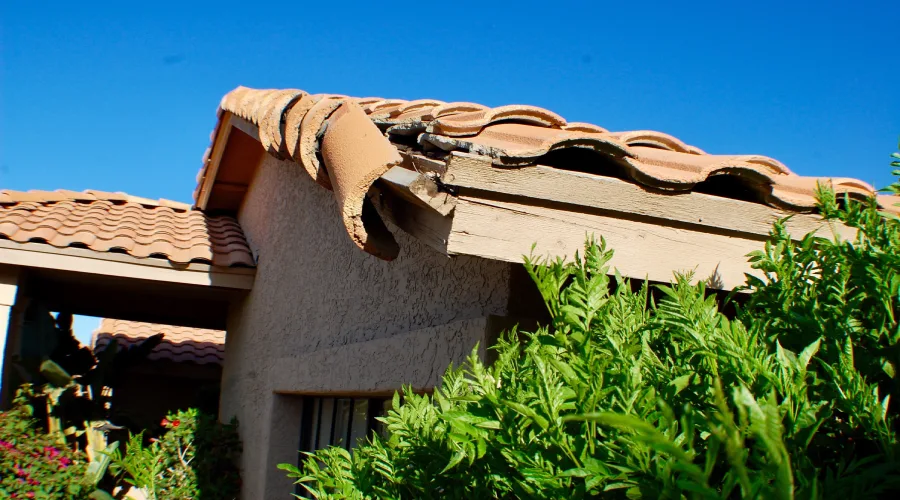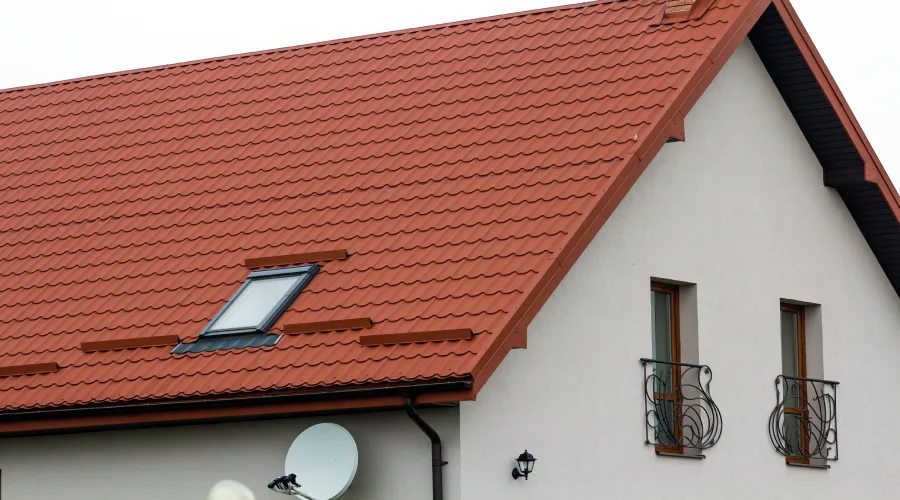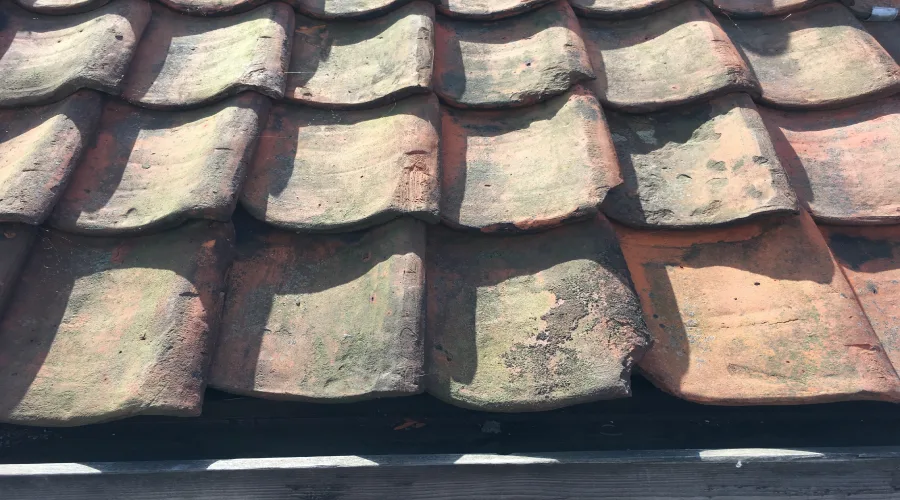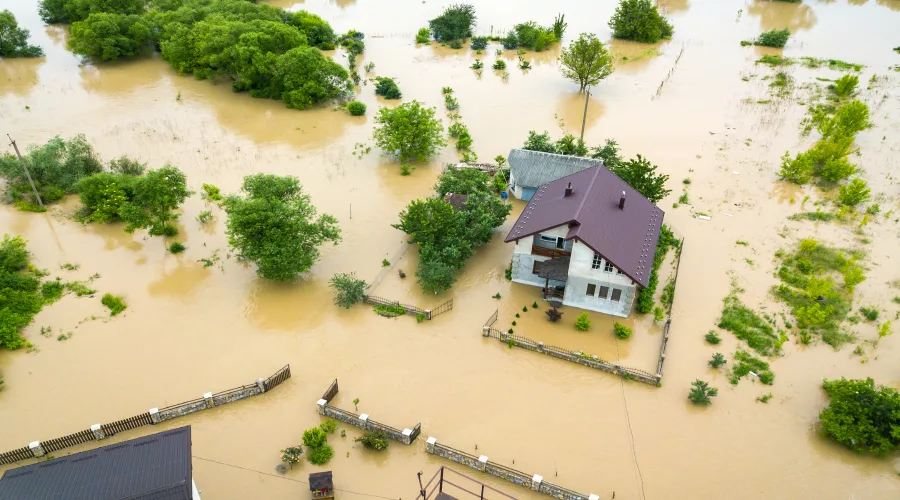If the break is difficult to locate, sign up with a friend and then climb on the roof using an irrigation hose for the nursery. Begin by lowering the hose, and saturating the area directly above the point spot where the break appears inside the house. And then call the professional for Roof Damage Repair in Anchorage. Separate areas when you run the hose. For instance, you can drench the bottom of a smokestack, after which each side, and finally and finally the top of both sides. Keep your helper in the house, hoping that the drip will be visible. Let the hose run for a couple of minutes in one area before moving it to the roof to a greater distance. Encourage your companion to shout when you notice a drip. You'll be right in the middle at the time of the break.
Answer To A Small Break:
Certain roof spills are difficult to locate. Every now and then, water will appear on an area on the roof that is far away from where the crack is. If your roof is protected by a plastic obstruction to fumes in between the wall and storage room's protection, push the protection off and search for stains of the stream across the plastic. In most cases, water flows to the holes in the boundaries of the fume like lighting devices on the roof.
Repair Plumbing Vent Boots
Plumbing vent boots could be any combination of plastic, plastic, and metal, or two-piece metal components. Look for cracks on plastic bases as well as a metal bases for damaged seams. Examine the rubber boot around the pipe. The boot could be damaged or broken, allowing water to get into the structure through the pipe. Between the layers. You'll then be able to move the flat bar between the nail heads in order to remove the nail heads.
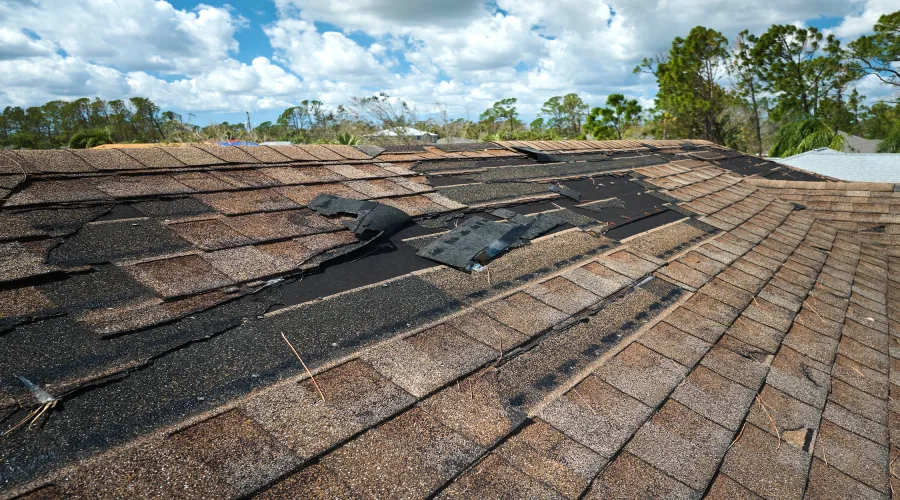
Make Walls Fix Dormers:
Water isn't usually able to enter through the shingled surface. Most often, downpours drove by wind roll through the roof especially around windows, in between the siding and corner sheets, and also through cracks or knotholes within the siding. And It is possible to clean your basement following a normal flood, but the effects of storms and sewer water can make the task. So, you can take help from Basement Flood Cleanup. Dormer walls provide a lot of places where water can pour down and into the roof. Caulk may be worn out, damaged or at any point absent between corner sheets, and also between the windows and the siding. The water infiltrates the cracks and spreads in the background, away from the flames and then into the house. In fact, even caulk that appears clean may not be able to hold against the connecting surfaces. Take a look using a clay blade to determine if the area is secured.
Repair Step Flashing
Step flashing is applied to create walls that connect the roof. Each flashing piece allows water to flow over the shingle, and then downhill from it. If the flashing is rusty and a part breaks the water will flow right behind it, and then into the house where it will go. The flashing that is rusty must be replaced. That's why you have to remove the roofing shingles, pull the siding off, and then take out and replace the flashing in the steps. It's as easy as that. However, sometimes a roofer fails to secure a nail in the right place and it slips so that the ceiling is exposed.
Material And Devices:
- 1/2" Pressed wood
- felt paper
- Material roofing
- Material tar
- The material nails are energized
- nailer
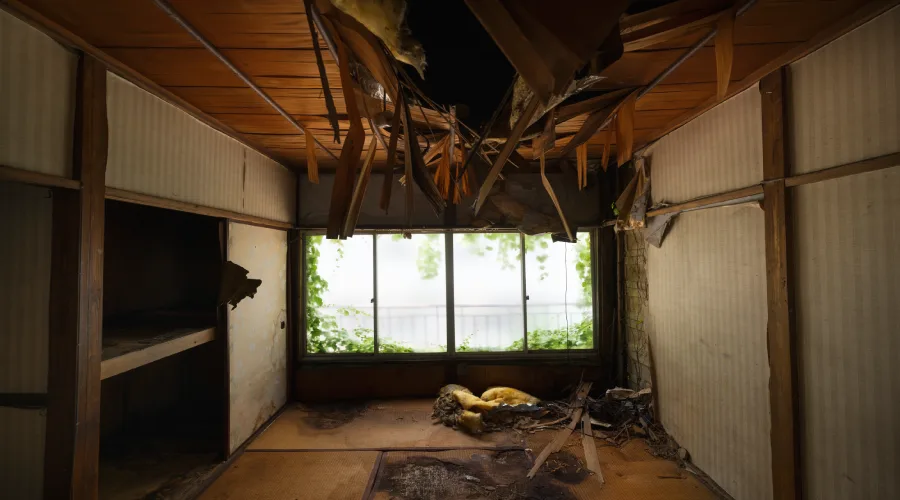
Learn These Tricks:
Before putting on shingles, be sure that nails are inserted safely within the felt and the sheathing. After some time, sunlight's energy will cause the roof and shingles to expand and the nails will become awkward and increase the risk of a broken.
Because the roof is sloped, you must put shingles on top from the bottom to top, and then cover the top using the lower set. This will ensure your roof is protected from all of the elements that affect your climate.
After cleaning out the rubbish and rethinking the roof, lay out the basis (sheathing).
8 feet, 1/2-inch thick compressed wood is the typical sheathing material. Find the kickoff portion of the roof to be shingled. Slice the pressed wood to measure and attach it to the roof rafters. The sheathing is stunted using a block-shaped design to provide added strength. Be careful not to place an entire 8-foot section of pressed wood over the roof. This kind of piece is generally unstable at the center. Keep introducing block patterns and marvel at the way the wood is until the entire space is completely filled.
Beginning by adhering the 6-inch start strip to the bottom of the roof :
leave a 1-inch gap on the eave, to ensure drainage. Beginning at the base then lay down and nail the remaining felt layers using a 2-inch cross-over. Make sure you apply the tar strip onto each felt layer to ensure maximum grip.
Install the main row of shingles, starting from the corner that is at the base of the roof.
Install the shingles on a base in line with the chalk lines on the felt. Move upwards in a pyramid. Make use of six nails for each shingle for the best grip, and be sure that you nail the strip of tar. Continue working in the direction of and up the roof and follow your pyramid's base. In the event of fixing a damaged segment of the roof, ensure that you apply the existing shingles over the new ones. This will give you a neat and uniform appearance.


